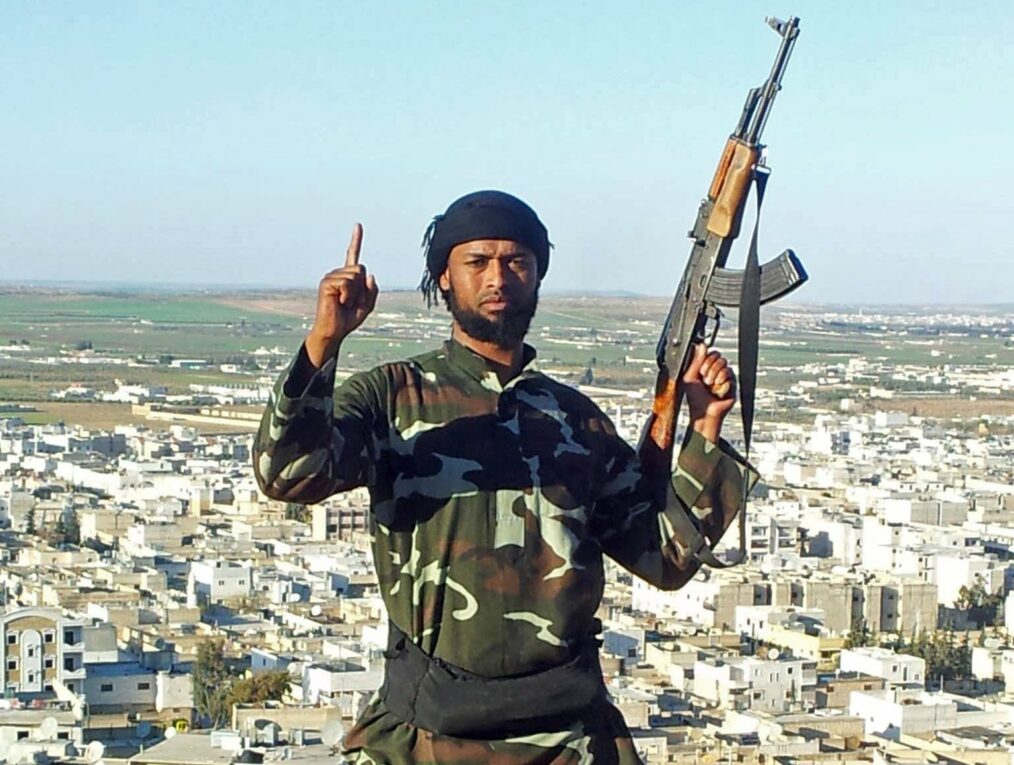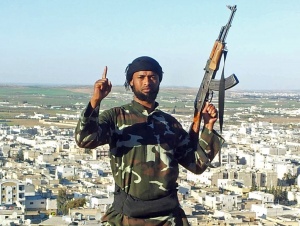
Source: Rand Corporation (2016)
The Global War on Terror has challenged Western conceptions of warfare. The days of clearly defined winners and losers amongst nation states, as seen in the world wars, are largely in the past.
Tomorrow’s winners and losers will be defined in much more blurred terms as ongoing battles of information and communication seek to win over the hearts and minds of people around the world.
The State Department has acknowledged that for any legitimate success to occur in the fight against terrorism, countering the propaganda of extremist groups like the Islamic State (IS) is critical. While entering the fight in the war of information is a massive step in furthering counterterrorism efforts, the State Department has not yet taken the steps necessary to match the surging campaigns of extremist networks, particularly IS.
The State Department first officially began this type of counterterror operation with the creation of the Center for Strategic Counterterrorism Communications (CSCC). The CSCC was active on social media, directly challenging IS profiles with counter-messaging while conducting various media campaigns such as ‘Think Again, Turn Away’.
Conceptually these were reasonable strategic maneuvers that attempted to challenge the cyber prominence of the IS’s media strategy as well as online recruitment efforts. However, what came to be considered tit-for-tat online trolling between low-level jihadists and the United States government likely emboldened and legitimized the IS.
The State Department would go on to restructure the CSCC, creating the Global Engagement Center (GEC), which is also tasked with addressing social media activities of nation states such as Russia. The GEC however is experiencing similar issues in conjunction with reported limited staffing and funding.
The IS media strategy has often been simplified by Westerners in an effort to de-legitimize the IS as a whole. However, this has led to a fundamental separation between our understanding of the IS propaganda campaign and the means by which we counter it. In order to truly combat a propaganda campaign, its purpose, narrative and mission must be understood.
Once these elements are comprehensively understood, a counter-narrative strategy must be implemented rather than a counter-messaging strategy. A successful counter-narrative strategy must address issues to include factors that IS relies on to recruit vulnerable individuals to their ranks: desires for purpose and belonging. A counter-narrative campaign must also be inclusive of the Muslim faith, understand local cultural concerns, and be conducted in a way that does not appear to be dictated by the West.
The CSCC did re-post relevant material from news outlets in the Arabic world in an effort to appear more representative of local cultures, as opposed to speaking purely as an American source. Beyond the limited scope of the CSCC and GEC efforts, several governments now deny terror networks a platform to circulate their propaganda.
This strategy places pressure on social media platforms to promptly delete extremist content and profiles. This strategy does slow the spread of propaganda, but does not provide a counter-narrative to what these groups are using to recruit and draw sympathy.
The State Department’s GEC has implemented one significant upgrade from its predecessor: one of the GEC’s core competency areas, ‘partnerships’, has the GEC develop partnerships with organizations, religious leaders, and community leaders to help engage with those at risk of becoming radicalized or to help those who are already.
One recommendation for a counter-narrative strategy proposes that the narrative must portray the IS as manipulative and as a failure, as opposed to promoting the often-observed idea that the group is tremendously dangerous. Any successful counter-narrative campaigns must be directed towards specific sub-audiences of those vulnerable to radicalization or those radicalized who are vulnerable to being deradicalized.
The IS has been the latest international terror network to capitalize on the ease of using the internet to communicate propaganda. Terror networks have become adept at using the internet to accelerate the radicalization process, share ideals, and develop support networks across the globe, all while remaining largely uncontested by the governments of the world.
The State Department must conduct systematic changes in the near future if there is to be hope for success in this war of ideas.
First, the State Department must see an increase in staffing to properly manage the overwhelming load of work that comes with fighting international terror propaganda on the internet.
Second, incorporating community and religious leaders will be essential to foster an image that this is not a counter-narrative strategy dictated solely by the United States government.
Third, the GEC, in conjunction with these community and religious figures, must jointly develop the counter-narrative strategy.
John Patrick Wilson is a Law Enforcement Professional as well as a Research Fellow at Rise to Peace.







